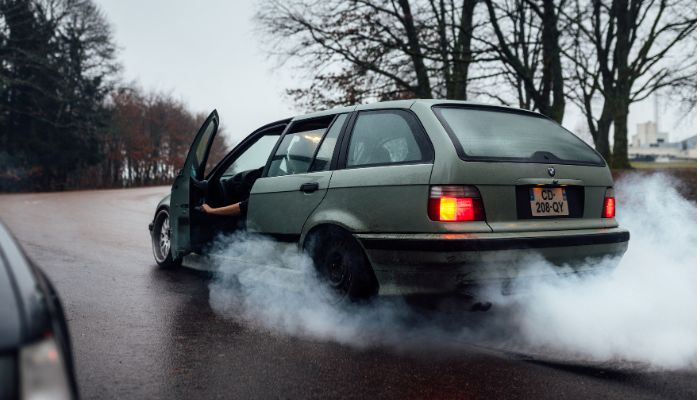Documenting Car Accident Evidence: What Photos, Videos, and Reports to Collect
This article will guide you through the essential steps of gathering evidence after a car accident. Learn the best ways to protect your rights and ensure a smooth and just resolution to this stressful event.
You just just in a car accident. You’re dazed but, thankfully, not hurt badly. After making sure everyone is okay, your mind starts racing about the legal, financial, and insurance implications of what just happened. What are you going to do?
There were over 6 million police-reported vehicle accidents in the United States in 2021, meaning there’s an unfortunately real possibility of you experiencing the hypothetical scenario above. In situations like these, it’s essential to document everything. The evidence you collect can make a significant difference in handling insurance claims and potential legal disputes.
This article will guide you through the essential steps of gathering evidence after a car accident. Learn the best ways to protect your rights and ensure a smooth and just resolution to this stressful event.

Car Accident Evidence Documentation Guide
Proper evidence is a must-have for insurance claims and legal protection. After ensuring everyone’s safety and calling for medical help if needed, it’s time to start documenting the road accident.
1. Take photos of the scene
Start documenting as soon as you can. This is to preserve the scene as much as possible in your photos. If your phone was damaged or isn’t available, you can and should ask a bystander or the officials to borrow theirs.
-
Capture wide shots
Begin by taking wide-angle photos of the entire accident scene. These should show the relative positions of all vehicles involved, the surrounding environment, road conditions, and any traffic signs or signals.
-
Detailed shots of vehicles and property
Take close-up photos of any damage to property and all vehicles and property involved in the scene. Include multiple angles to ensure you capture the full extent of the damage.
-
License plates
Also, take note of the license plates of the vehicles involved. This helps identify the cars and can be crucial for insurance purposes.
-
Traffic signs and signals
Another essential thing to document is the traffic signs. This is a crucial step as it can help determine liability, especially if it played a role in the accident. Remember to include stop and yield signs.
-
Road conditions and debris
Capture the state of the road: any skid marks, debris, or obstacles that may have contributed to the accident.
2. Record videos
If a picture is worth a thousand words, then a video is worth thousands of pictures.
-
Walkthrough of the scene
Use your phone to record a video walkthrough of the entire accident scene. It can help to narrate what happened and what is happening—explaining what you see and highlighting important details.
-
Witness statements
If any witnesses are willing, record their statements on video. Make sure to ask for their contact information and consent to record.
3. Exchange information
Assuming you weren’t alone in the accident, you’ll also need information on the witnesses and other involved parties. This information will be critical for any legal actions and insurance claims you may have to take in the future.
-
Contact and insurance information
Exchange names, addresses, phone numbers, driver’s license numbers, and insurance details with all other drivers involved in the incident.
-
Vehicle information
Record the make, model, year, color, and license plate number of all vehicles involved.
-
Witness names and contact details
If you’ve already recorded witness statements, this step may be unnecessary. However, even anyone unwilling to be recorded may be okay with sharing their names and contact details to corroborate your account of the accident.
4. Document injuries and medical treatment
Besides damage to vehicles and property, don’t forget about damage to your person as well.
-
Photograph injuries
If you or anyone else in the accident has visible injuries, be sure to photograph and take a video of them as soon as possible. You can also document changes over time. Text descriptions of the injury may not communicate the severity as accurately or thoroughly as a visual depiction.
-
Medical records
Keep a detailed record of all medical treatments, diagnoses, and expenses related to the injuries sustained in the accident. Medical care, even when insured, is never cheap. So, a clear record of these details can help you get financial restitution.
5. Gather police reports
Even after leaving the scene, you’ll still need to make official accounts, like police or hospital reports, which can have critical information.
-
Obtain a copy
You have the right to get a copy of the filed police report, though it may not be free. This official document can be crucial for insurance and legal purposes.
-
Officer’s information
It can also help to record the badge numbers and names of the officers on the scene. Their statements and reports can be valuable evidence.
Documentation is Protection
Thorough documentation is your best protection after a car accident. It gives you the necessary evidence to support your claims and defend your rights—preventing a case from devolving into a series of he-said-she-said arguments.
Remember, the more detailed and organized the documentation, the stronger your position will be when handling the aftermath of an accident.
